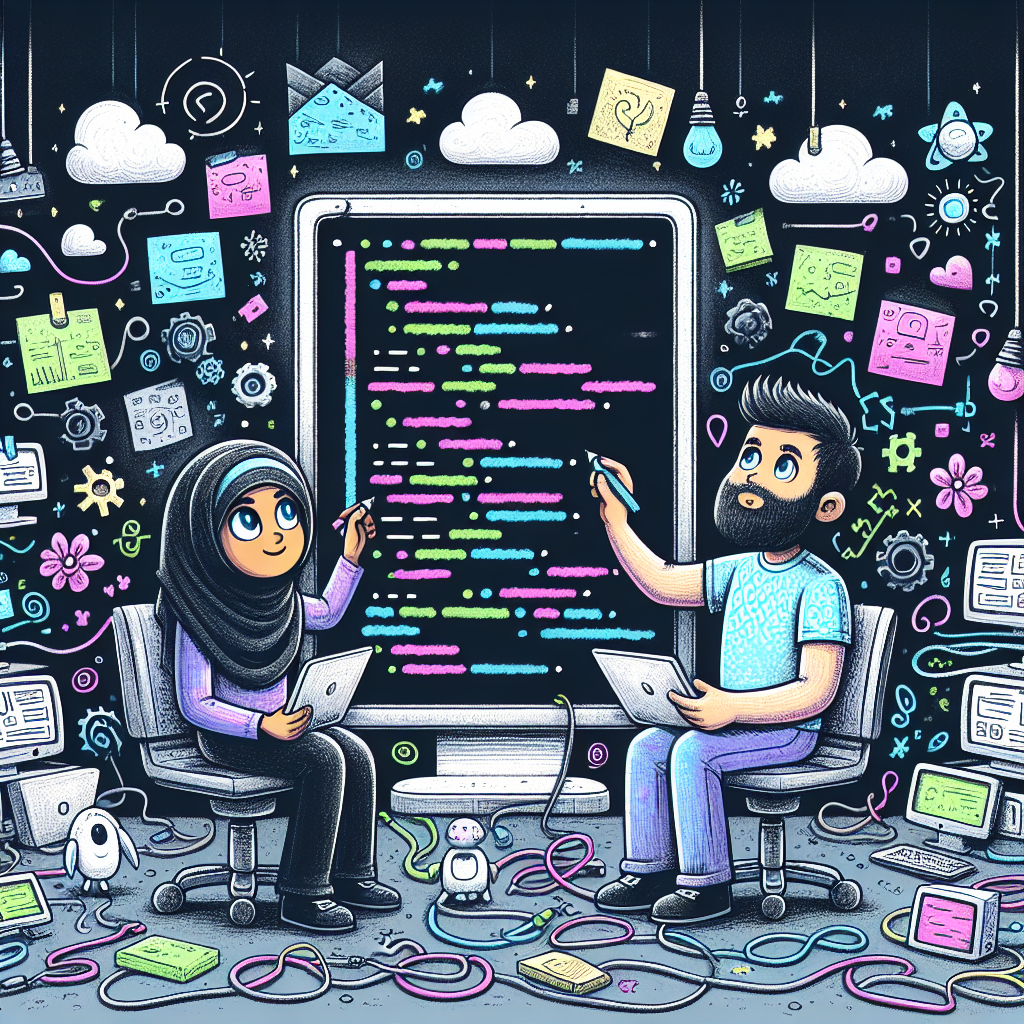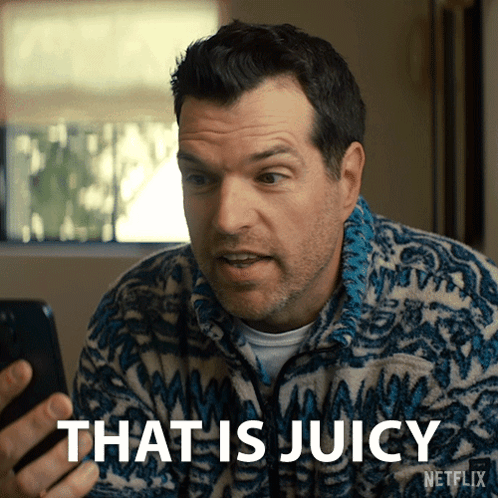Collaborative Problem-Solving in Teams
How collaborative problem solving can improve your decision making and help you solve problems faster and with less headaches.

Collaborative problem-solving in teams isn't just a buzzword you toss around in meetings to sound like you know what you're doing. It's a critical component for any group aiming to not just survive, but thrive. Think of it as the Avengers assembling, but instead of fighting aliens, you're tackling problems with your squad.
🔑 Key Takeaways 🔑
- Improved Decision-Making: Diverse perspectives lead to better decisions.
- Increased Creativity: More brains equal more innovative solutions.
- Enhanced Teamwork: Builds trust and communication.
- Reduced Conflict: Team collaboration minimizes disputes.
- Better Time Management: Efficient task prioritization.
The Juicy Benefits
Improved Decision-Making: The more, the merrier, they say. When different minds converge on a problem, they bring unique experiences and knowledge to the table, leading to smarter decisions. According to the Harvard Business Review, 85% of teams notice improved collaboration and communication after embracing these practices. It's like a symphony where each instrument contributes—except, in this case, the melody is a well-oiled decision-making machine.
Increased Creativity: If you've ever been stuck in a creative rut, you know how valuable a fresh perspective can be. Teams that embrace collaborative problem-solving witness a 70% increase in creativity and innovation (thanks, IBM). It's like upgrading from a box of crayons to a full artist's palette. Check out some creative techniques to enhance your team's innovation.
Enhanced Teamwork: Working together on problem-solving can turn a group of individuals into a cohesive unit. It fosters trust and open communication, turning potential conflicts into high-fives and shared victories.
Reduced Conflict: Speaking of conflicts, collaboration is like the diplomatic UN meeting of team dynamics. When everyone feels heard, there's less room for bickering and more room for productive outcomes. Learn how to effectively break down complex problems to avoid unnecessary friction.
Better Time Management: With everyone on the same page, tasks are prioritized and managed more efficiently. Instead of running around like headless chickens, teams can focus on what matters. Dive into tools for efficiency to further streamline your processes.

The Not-So-Fun Challenges
Of course, it's not all sunshine and rainbows. Collaborative problem-solving comes with its own set of hurdles.
Diverse Opinions: While diversity is generally a strength, it can also lead to disagreements. Different opinions can spark innovation, but they can also result in debates if not managed well.
Communication Barriers: Ever played a game of telephone? Miscommunication is the bane of collaboration. Without clear communication, misunderstandings and frustration can arise faster than you can say "team building."
Power Imbalances: In some teams, not everyone feels empowered to speak up. Power imbalances can silence valuable contributions, stifling the collective genius of the group. Enhance your critical thinking skills to navigate these tricky waters.
Time-Consuming: Let's face it—getting everyone on board can be like herding cats. It's time-consuming, particularly when work styles clash. If you're struggling with this, consider exploring effective problem-solving steps to streamline the process.
Resistance to Change: Change is hard, and some team members might cling to their comfort zones like they're glued there. Resistance can slow progress and dilute the benefits of collaboration.
Strategies to Kickstart Collaboration
To navigate these challenges, adopting some strategies can work wonders.
Establish Clear Goals: Define the problem and desired outcomes. Make sure everyone is shooting for the same target, not wandering off into different forests. Understanding short-term vs long-term solutions can be crucial here.
Encourage Active Listening: Create a space where everyone feels comfortable sharing ideas without fear of being shot down. It's like building a campfire where every story is worth hearing.
Use Collaborative Tools: Embrace technology—whiteboards, mind maps, and online platforms can be your best friends in this journey.
Foster a Growth Mindset: Encourage the team to view challenges as opportunities. Remember, every superhero has their origin story filled with hurdles.
Recognize and Reward Contributions: Acknowledge efforts and celebrate successes, no matter how small. Recognition can boost morale and motivate the team to keep pushing forward.
Real-World Examples Worth Noting
Look no further than Google's "20% time" policy, where employees get the freedom to explore side projects, often leading to breakthroughs. The Apollo 13 mission is another legendary example, showing how diverse teams can unite under pressure to achieve extraordinary feats. Even the LEGO Group has mastered the art of collaborative design, producing products that delight generations.
In conclusion, collaborative problem-solving in teams is not just a workplace fad—it's a crucial tool for innovation, efficiency, and growth. So, gather your team, embrace the chaos of diverse ideas, and watch as you collectively conjure solutions that none of you could have imagined alone. After all, even superheroes need a team.




